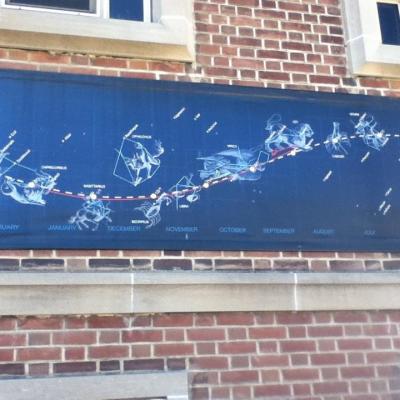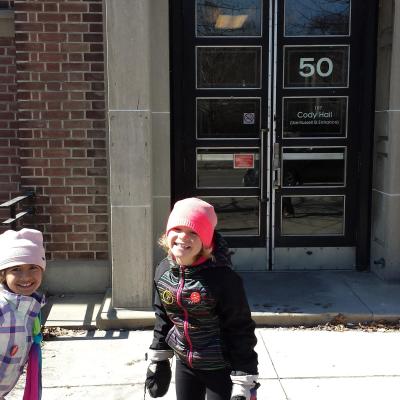The Department is actively engaged in a wide range of observational and theoretical research and offers Master of Science and Doctor of Philosophy degrees, as well as a wide range of graduate and undergraduate courses. Together with our sibling units, the Canadian Institute for Theoretical Astrophysics (CITA) and Dunlap Institute for Astronomy & Astrophysics (Dunlap), there are close to 100 faculty members, post-doctoral fellows and graduate students here that make up a lively and diverse atmosphere in research, teaching and outreach.
On the first Thursday of most months, free tours are offered by the Department of Astronomy and Astrophysics. The tour starts with a presentation on modern astrophysics by a doctoral candidate, a postdoctoral fellow, or a faculty of the department. The evening concludes with a tour of the telescopes. On clear nights, one or more astronomical objects will be viewed. Typical objects are the Moon, planets, and double stars. On cloudy nights, viewing will be replaced by a tour of our observing facilities and a virtual sky tour in the observatory domes.

To check you in, we need to ask your browser to verify your location.
















